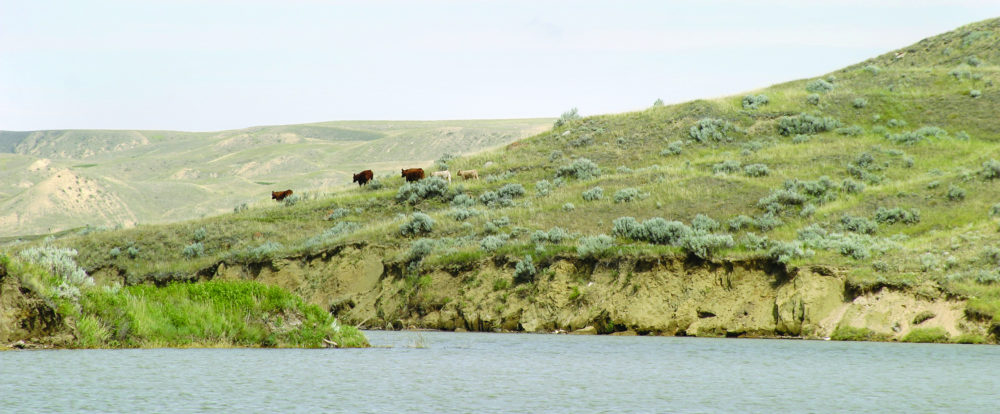 Menu
Menu
 Menu
Menu

South Saskatchewan River hills on Lake Diefenbaker in the Rural Municipality of Excelsior.
Whether we live on a farm, in a town, or in a city, most of us are residents of municipalities. Municipalities provide us with local governance.
The history of local municipalities in the land we now call Saskatchewan dates back to 1883. That is when the territorial government established a handful of local municipalities, as settlers began to occupy the land in greater concentration. However, it was not until 1909 that the Saskatchewan government began creating the municipalities we know today. Saskatchewan has urban, rural, and northern municipalities.
In the province’s south, there are 459 urban municipalities:
Even though rural Saskatchewan is sparsely populated, it also requires municipal governance. In the south, there are 296 rural municipalities (RMs). Within these RMs there are small communities called hamlets. Hamlets have five or more occupied homes and ten or more lots administered by the RM. A hamlet can become an organized hamlet by an order of the Minister of Municipal Affairs. Saskatchewan has 147 organized hamlets.
In the province’s north, there are 24 urban municipalities:
Northern Saskatchewan also has 11 unincorporated settlements, administered by the Northern Municipal Services branch of the Government of Saskatchewan.
The type of municipality a community can become normally depends on its population:
RMs have no minimum population requirements.
Once a community reaches a minimum population, it can petition the Minister of Municipal Affairs to become an urban municipality. If it grows even more, the local government can make a request to become another type of urban municipality. For example, in 1906 Warman was established. In 1966 it became incorporated as a town. Then in 2012, Warman successfully petitioned the Minister to become a city, after the population grew to 7,084.
But what happens if the population falls? It will not automatically be reclassified. Instead, the council must petition the Minister for reclassification. For example, Scott came into existence in 1908. By 1910 its population hit 600, and it achieved town status. However, as of 2011 the population of Scott was only 75. Because Scott has never petitioned for reclassification, it is now Saskatchewan’s smallest “town.” However, if the population of any community falls the Minister could reclassify the community if to do so is in the public interest.
Knowing your community creates a sense of place. What do you know about your home?